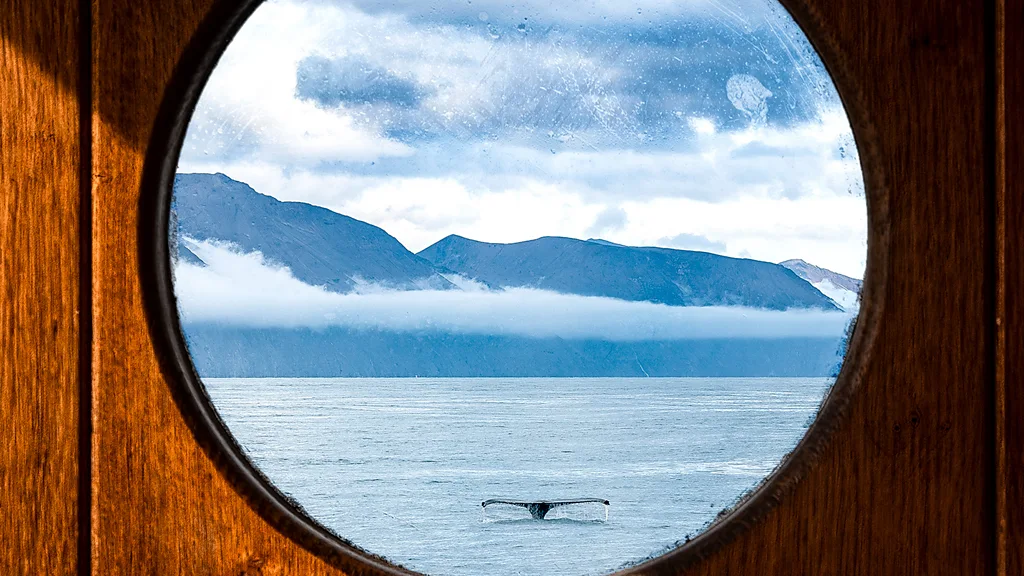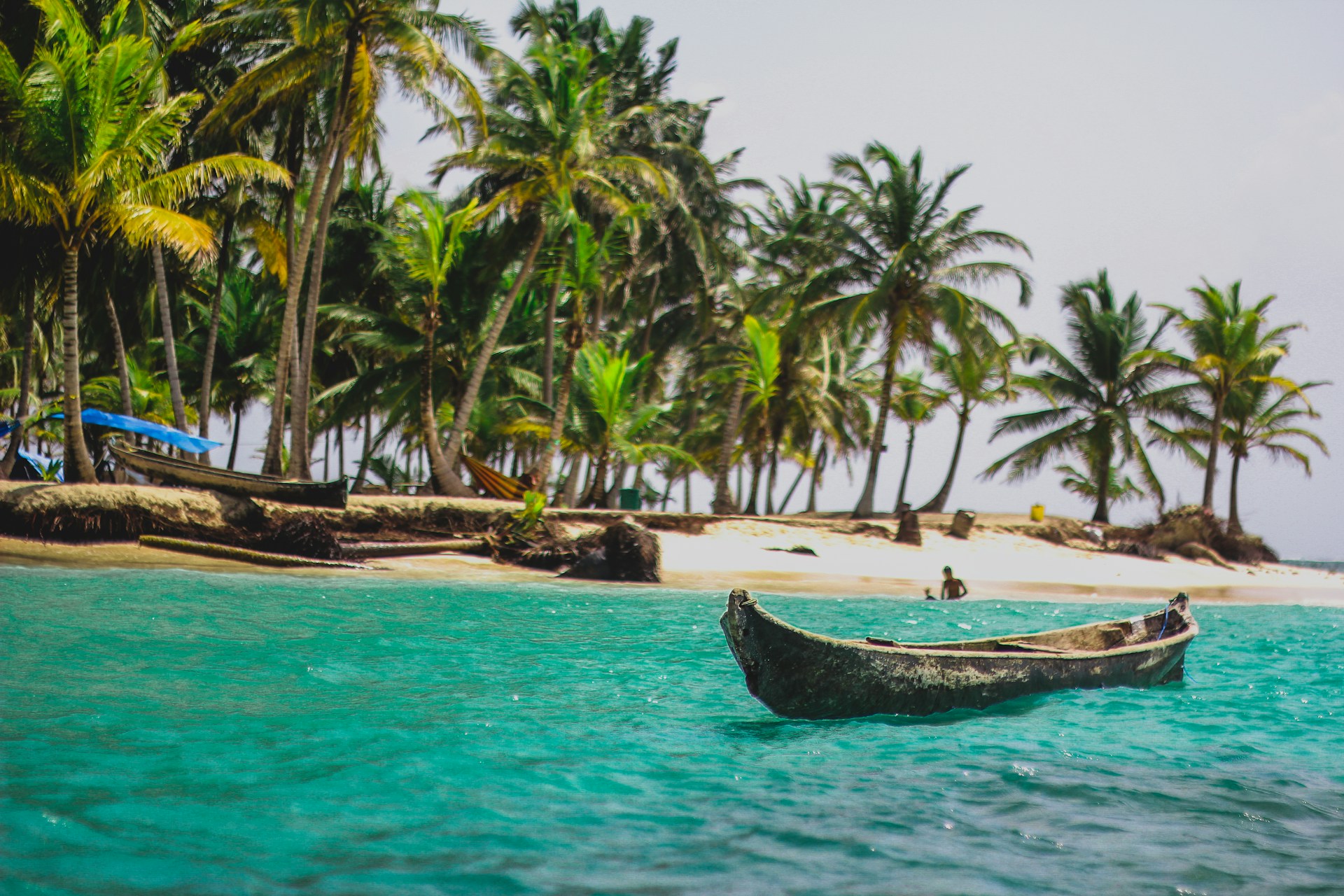The Panama Canal is one of the most significant engineering achievements in history and a key driver of global trade. Spanning approximately 50 miles (80 kilometers) across the Isthmus of Panama, this waterway connects the Atlantic and Pacific Oceans, allowing ships to avoid the long and perilous journey around the southern tip of South America. This artificial waterway has shaped international commerce, global politics, and the economic landscape of the Americas for over a century.
History and Construction
The idea of creating a canal across the narrow isthmus of Panama dates back to the early 16th century when explorers, including Vasco Núñez de Balboa, first recognized the potential of such a passage. However, it wasn’t until the mid-19th century that the idea gained real momentum.
The French, led by Ferdinand de Lesseps, who had previously overseen the construction of the Suez Canal, attempted to build the Panama Canal in the 1880s. However, their efforts were hampered by a combination of engineering difficulties, tropical diseases like malaria and yellow fever, and a lack of financial resources. After the French project failed, the canal’s construction was left in limbo for nearly two decades.
In the early 20th century, the United States, under the leadership of President Theodore Roosevelt, took up the challenge. Following the signing of the Hay-Bunau-Varilla Treaty in 1903, the U.S. gained control over the Panama Canal Zone, which was essential for the construction of the canal. The American project, led by chief engineer John Stevens and later George Goethals, successfully navigated the engineering hurdles that had eluded the French. The canal was officially completed on August 15, 1914.

Engineering Feats and Innovations
The construction of the Panama Canal was a monumental engineering challenge, and its completion remains a testament to human ingenuity. The canal’s design incorporates a system of locks to raise and lower ships over the continental divide, as well as a complex series of dams, lakes, and channels to manage water flow.
The most famous lock system used in the Panama Canal is the Gatun Locks, which consist of three chambers that lift ships over the isthmus’ highland terrain. Ships traveling from the Atlantic side enter the first lock chamber, where they are raised by 26 meters (85 feet) to the level of Gatun Lake. From there, they navigate through the lake and are gradually lowered back down to sea level on the Pacific side.
The construction process was fraught with difficulties. Over 27,000 workers, many of them from the Caribbean, toiled in harsh conditions, with frequent outbreaks of disease claiming many lives. But the workers’ persistence, combined with advances in engineering and the efforts of laborers from across the globe, ensured the canal’s completion.
The Canal’s Impact on Global Trade
The opening of the Panama Canal had an immediate and profound impact on international trade. Before the canal, ships had to undertake a lengthy voyage around the southern tip of South America (Cape Horn) to travel between the Atlantic and Pacific Oceans. This long route could take months, making global trade slower and more expensive.
By providing a direct and much shorter route, the Panama Canal revolutionized global shipping. Vessels could now travel between the east and west coasts of the Americas in a matter of days, significantly reducing transportation costs for goods and improving efficiency in the movement of raw materials and finished products.
The canal became a vital link for international trade, particularly for the transport of goods like oil, grain, and consumer products. Its strategic importance continues to this day, as it serves as a crucial route for both commercial and military shipping. More than 12,000 transits occur annually, with over 300 million tons of cargo passing through the canal each year.
The Panama Canal Zone and the U.S. Control
Following its completion, the Panama Canal remained under U.S. control for nearly 90 years, with the U.S. establishing the Panama Canal Zone as a U.S.-controlled territory. This arrangement was a source of tension between the U.S. and Panama for much of the 20th century.
The issue was finally addressed in 1977 with the signing of the Torrijos-Carter Treaties, which set a timetable for the gradual transfer of control over the canal to Panama. On December 31, 1999, the United States officially handed over control of the Panama Canal to Panama, ending nearly a century of American dominance over the waterway.
The Modern Panama Canal
Today, the Panama Canal continues to be a vital link in global trade. With the rise of larger ships, known as “Panamax” vessels, the canal faced challenges related to its limited size and capacity. To accommodate larger ships, the canal underwent an extensive expansion project, known as the Third Set of Locks project, which was completed in 2016. This expansion introduced the Panama Canal Expansion, featuring wider and deeper locks to allow the passage of newer, larger vessels known as “New Panamax” or “Neo-Panamax” ships.
This expansion has bolstered Panama’s strategic position as a hub for global trade and has had significant economic benefits for the country. Today, Panama remains a global shipping powerhouse, benefiting from its geographical position and the continued importance of the canal to world trade.
Conclusion
The Panama Canal stands as a monument to human perseverance, ingenuity, and vision. From its origins as a long-desired dream to its construction under difficult and often dangerous conditions, it has transformed global trade, brought nations closer together, and shaped the economy of the Americas and the world. As one of the most important transportation routes in the world, the Panama Canal continues to play a critical role in the movement of goods, fostering economic prosperity and international cooperation.






